In my Week 3 Post, I reflected on how the practices of Martine Syms and Deirdre O’Mahoney converge on a central question: intimacy is not merely an emotional bond, but a vehicle for power structures. Through their perspectives, exhibitions no longer provide definitive answers but instead invite audiences to recognize how they are “programmed” by algorithms, colonial histories, and the politics of land. This curatorial strategy aligns with what I now see as a practice of “critical intimacy”—where emotional experience is not an end in itself, but a means to expose structural conditions. However, as my research deepened, I realized that their methods—rooted in digital and ecological entanglements—deviate from my initial vision for the exhibition. This realization has led me into a state of uncertainty.
When Spells Become a Curatorial Syntax
In Anne Hardy’s lecture, what captivated me most was her framing of installation art as a “survival spell” (Hardy, 2025)—immersive environments built from discarded urban materials that function simultaneously as physical shelters and affective rituals. Her concept of “wild space”, an unstable, in-between territory beyond institutional control, unexpectedly resonated with my exhibition project, “INTIMACY – Rethinking Closeness (in a Globalized World).” After all, what is intimacy if not a wild space in need of protective spells? Within the globalized landscape, cultural norms, technological interventions, and individual desires converge to form a fragile yet resilient energy field (Bhabha, 1994).
The Agency of the Spell: Rewriting the Scripts of Intimacy within Constraints
Hardy states: “A spell is a means of reclaiming agency within structural limitations” (Hardy, 2025). This perspective directly challenges my previous, somewhat pessimistic narrative about cross-cultural intimacy. Initially, my project focused on the conflicts arising from cultural difference, yet Hardy’s work suggests another possibility: curating itself could function as an intimacy spell, a participatory framework in which audiences actively rewrite the rules rather than merely observe them (Bishop, 2012).
Reconfiguring “Open or Closed?”—From Mapping to Spellcasting
My original concept for Open or Closed? was a relationship mapping wall, where visitors would pin responses about intimacy norms across cultures. However, inspired by Hardy’s methodology, this can be transformed into a spell-based interaction.
- Instead of static mapping, visitors weave glowing threads between concepts such as “Confucian filial piety” and “Western individualism.”
- As the threads become entangled, a sensor-based system triggers Hardy-style ambient noise—a sonic cue that intimacy norms, when too rigid or entangled, collapse under their own weight (Hardy, 2022).
“Survival Spells” and the Materialization of Emotional Labor
During Hardy’s Marfa residency, she explored the transformation between material and psychic states (Hardy, 2024). This led me to reconsider how emotional labor—especially invisible forms of care within families—could be translated into spell-like objects.
One possible intervention:
- A suspended sculpture woven from plastic bags—commonly used by Chinese mothers for household storage—embedded with pressure sensors.
- When touched, the sculpture emits the sound of Scottish bagpipes, generating a cross-cultural acoustic compression (Bhabha, 1994).
- The piece materializes the weight of care, the friction of expectations, and the resonance of cultural entanglement.
Curators as Spellcasters: Shifting from Authority to Ritualistic Mediation
Anne Hardy’s lecture illuminated a new curatorial approach for me—the curator as a weaver of spells. Rather than defining intimacy through institutional authority, curating can construct spaces where audiences enact their own spells, engaging in rituals of self-reflection and rule-making (Hardy, 2025). This aligns closely with my goal of making the exhibition audience-led rather than curator-imposed—a space where intimacy is not only displayed but collectively conjured.
Hardy’s insights have reoriented my thinking, prompting me to experiment further with curatorial strategies that prioritize participatory transformation over passive spectatorship.
References:
Bhabha, H. K. (1994). The Location of Culture. Routledge.
Bishop, Claire. Artificial hells: Participatory art and the politics of spectatorship. Verso books, 2023.
Hardy, A. (2019). Tate Britain Winter Commission. Tate. Retrieved from https://www.tate.org.uk
Hardy, A. (2022). Survival Spell. Maureen Paley Gallery. Retrieved from https://www.maureenpaley.com
Hardy, A. (2025). Artist Talk. Edinburgh College of Art.
Syms, M. (2017). Myths Being. Bridget Donahue Gallery.
O’Mahoney, D. (2021). Sustainment Experiments. https://deirdre-omahony.ie
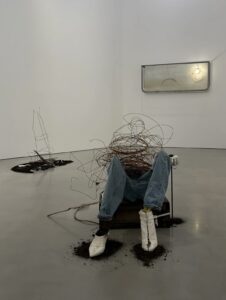
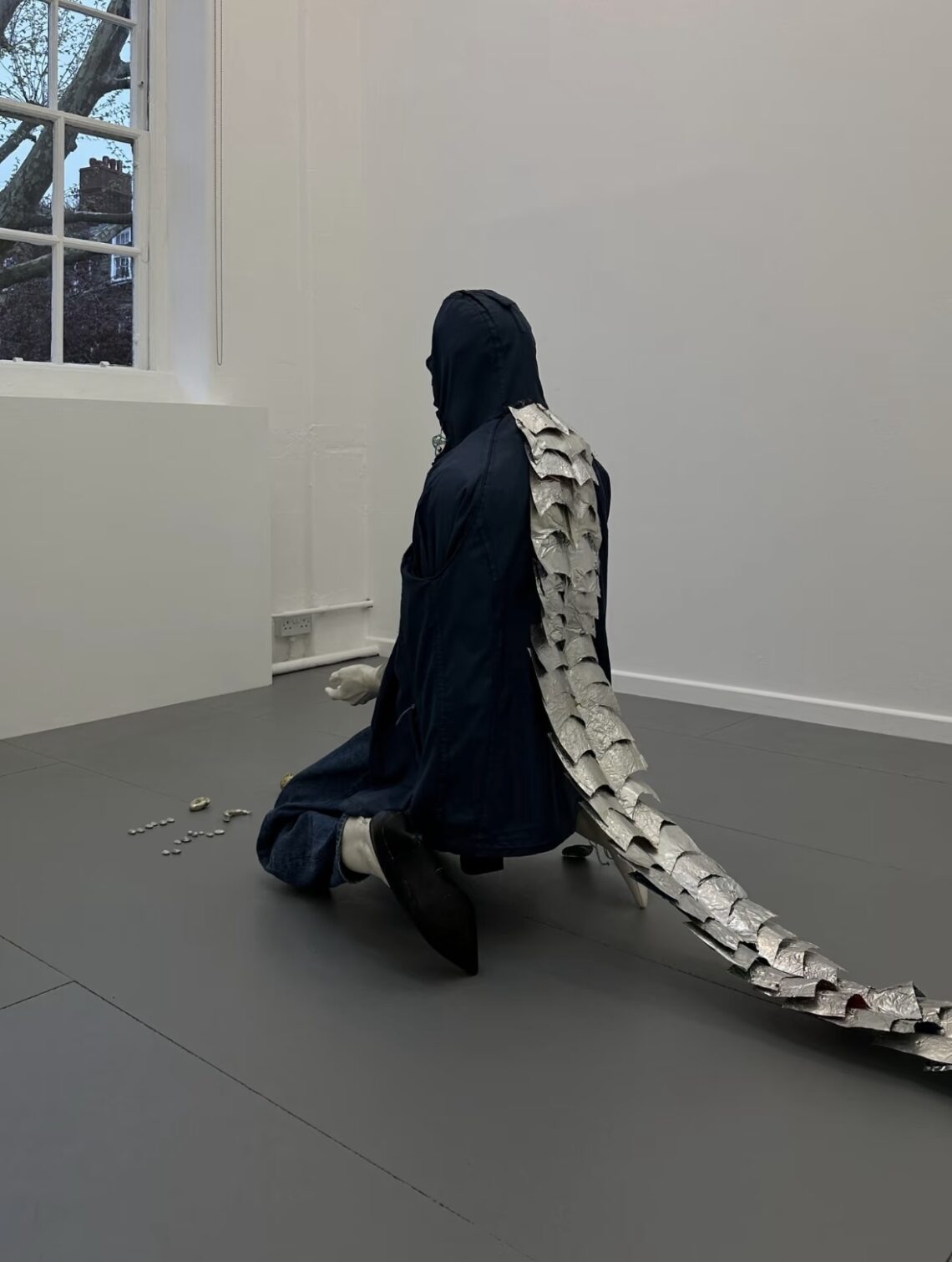

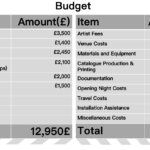
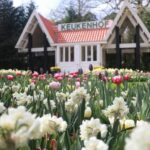
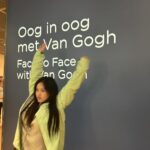

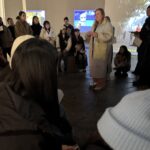
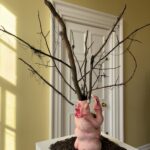


alewisj
6 March 2025 — 16:42
Pitch Feedback
Your peer feedback suggested the exhibition explores themes of intimate relationships, as seen in artworks like “The Kiss”. Questions about the artists you mention and what the exhibition content will be were raised and need to be considered and worked out, but the chosen location is achievable for this concept. From this peer feedback, it is clear you will need to answer some of the questions about the artists you hope to include, the outcome you hope to achieve and the type of art that will be exhibited.
Your curatorial pitch presents many of the theories presented in the lectures, which is good, however it would eb good to know your opinions on these theories and hown they relate to your idea rather then just listing them. The integration of socio-political challenges, ethical considerations, and decentralization of curatorial hierarchies provides a strong theoretical foundation, however how does this relate to your own curatorial concept? Your references to scholars such as Ana Bilbao Yarto and Terry Smith demonstrate a well-informed approach that situates your project within contemporary curatorial discourse, but again you must relate this to your own ideas and curatorial concepts. Your PowerPoint should focus more on your project, and you could also use specific quotes to illustrate your underusing of other academic theories.
The inclusion of experimental curatorial models is compelling. However, further clarification on how these models will function in practice would strengthen your proposal. Will they be physical, digital, or hybrid experiences? Additionally, your reflection on ethics and participatory engagement is particularly valuable. How will you ensure that audience participation is meaningful rather than extractive?
Finally, incorporating more visual materials or case studies could enhance the presentation’s clarity. Digital mock ups of the intended installation, images of artist work and photographs of the space you intend to use would greatly improve future PowerPoint presentations. Overall, this is a thought-provoking and well-researched proposal with strong conceptual depth.
Blog Feedback
It is important that you post on your blog every week. Your last blog post was in Week 4; however, we are now in Week 7. That being said, your blog post in Week 4 begins well. You are clearly integrating ideas from the lectures into the development of your own curatorial approach, and it is clear that you can pick out key themes that you strongly relate to. This will strengthen the context behind your curatorial approach. You use a good mixture of personal reflection and critical feedback, which is backed up by quotes. It is also clear that these theories help you develop your project. However, when proposing audience interaction, you must consider how you will engage the audience. What can you do to increase the likelihood of audience participation? To help answer this question, consider how the exhibition will be set up, what objects will be in the exhibition, and how you can express your curatorial ideas in a clearer and understandable way to the audience.
As previously mentioned, you have used the blog well to articulate how relevant theories are helping you develop your own ideas. However, your blog could be strengthened further with images that illustrate your concepts. Eventually, I would like to see digital mockups of your intended exhibition.
Unfortunately, I was only able to give you feedback on your Week 4 blog post. Keeping up with the blog is important as it helps you develop and refine your ideas. I am unable to give you any further feedback as there were no other blog posts.